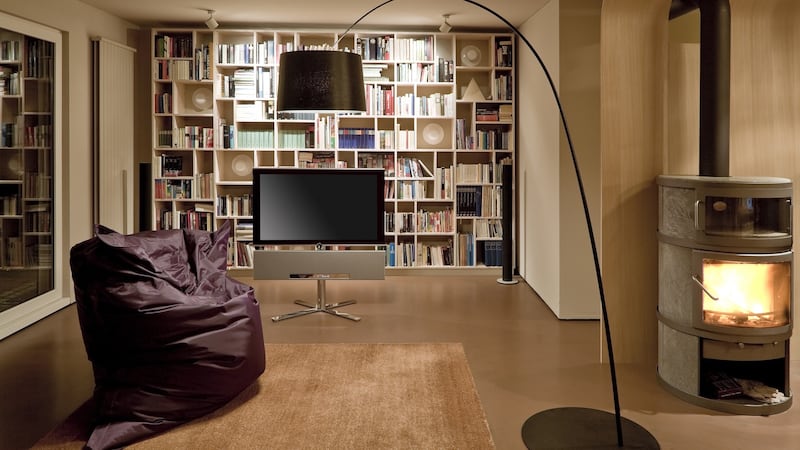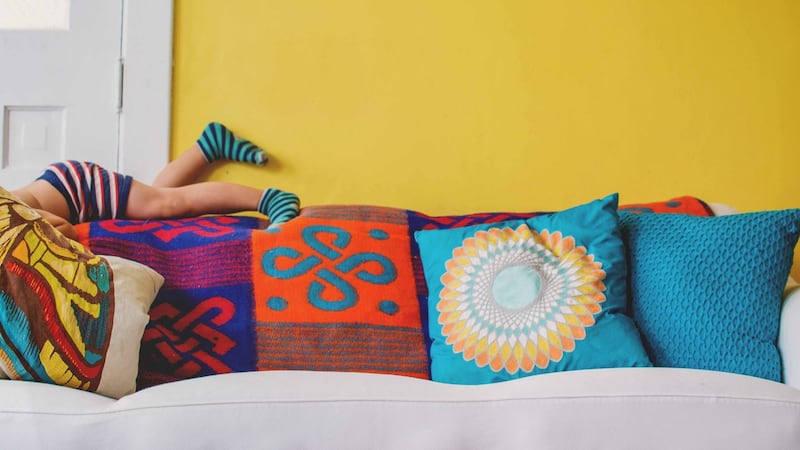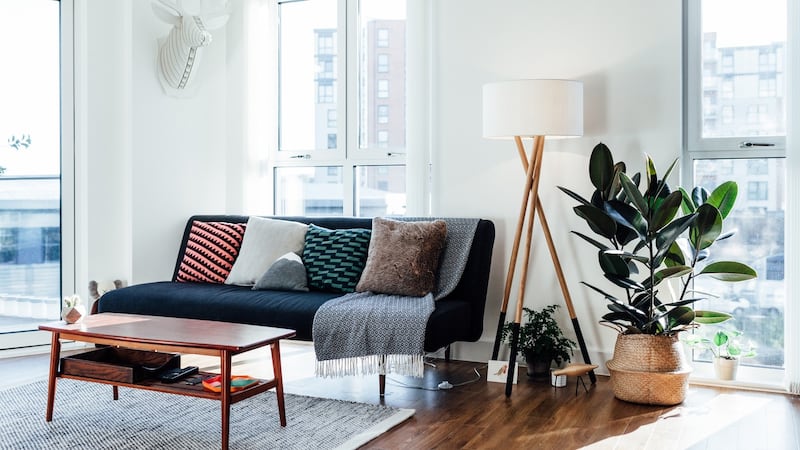My earliest memory of a “good room” was when I was about five years old. When nap time rolled around, my childminder relegated me to her front living room, a space that was cold, silent, decorated in heavy oversized vases, a pristine rug and a fireplace that whistled in the wind it was so rarely lit.
I never slept in there, instead using the time to peruse the wedding gifts and fine bone china that rested, polished, on display on oak cabinets that seemed like giant caves, full of treasures, while the rest of the house buzzed with activity.
This was a sacred space no one dared inhabit – hallowed ground. Plenty of middle-class homes in Ireland in the 1950s and 60s had a “good room”, often referred to as the parlour or sittingroom, a space that was reserved for “visitors” or the Christmas dinner. In my great grand-uncles’ home, a farm in north Cork, their good room served as the location for the local stations every year.

As a teenager, when I visited my grandparents’ home in Mallow, I would take off my shoes and leave them on the parquet hallway floor, silently turning the key in the door and creeping into the room to play something on the old piano and admire the Oaks cup, the biggest accolade a dog can win in racing, won by my grandad in the 1960s. It made me feel sad. I felt as though the room was lonely, hoping for a visitor to come and spend time in there, enjoy its plush surroundings and pristine decorations.
Source of pride
The more I talk to my family, my elderly neighbours and relatives here in Dublin, the more I realise what a source of pride this room was. Houses were smaller, families were larger and people had little money to spare. This was a place for prized possessions to be kept safe and out of harm’s way.
The good cutlery was kept here and the Waterford cut glass, the wedding gifts and framed photographs. It remained a preserved haven away from the madness of the household.


Times and homes’ needs have, of course, changed drastically since the 1950s. A combination of the Americanisation of Ireland in the 1960s, smaller families, more affluence and even the shift in religious practices within communities has meant that the “good room” began to lose its purpose.
Instead, homeowners and families lavish their entire homes with their beloved belongings; visitors are welcomed into the kitchen for a mug of tea rather than a teacup and saucer in the parlour. As Ireland’s formalities have relaxed, the “good room” as we knew it, made little sense.
When Caroline and I discussed the idea of an interior décor and DIY show for the RTÉ Player, our aim was clear: much like fashion and beauty, we wanted to democratise interiors. No longer do we need to hire an expensive interior designer to tell us what’s what – between Pinterest and YouTube as constant sources of inspiration and high-street stores offering beautiful, affordable home accessories, today everyone can explore and experiment with their own interior tastes.
Caroline and I, aka GAFF, are not interior experts – but we wanted to share what we know in the six room renovations that are featured in the show.
Nostalgia
To us, much like the name GAFF (a colloquial Irish term for house), the idea of The Good Room conjured an inherently Irish nostalgia. However, our good rooms today can be anything from a music room, a meditation space, a bedroom that serves as an escape from the rest of the home, a living room that you can't wait to come home and cosy up in. Our "good room' mission was to create spaces that made homeowners' hearts sing.
For anyone who tunes in, you’ll get an understanding of colour and how it can transform a space, how small changes in lighting can make the world of difference to ambience and mood, how to solve storage crisis – something that was an issue in almost every space we worked on.

To Caroline and myself a good room is a space you love being in – it speaks to your personal taste and style, it makes you proud, it showcases who you are, it is somewhere you love to be in and bring people to. The essence of the Irish good room remains the same – we’re just bringing it into the 21st century.
WHAT'S POPULAR
Velvet furniture: completely impractical, but utterly divine, a velvet sofa is the ultimate way to add a little luxury to a living room.
Feature walls: painting or papering one wall in a different colour is an easy way to change a room's mood and add space to a small space.
Ottomans: they're making a comeback in a major way.
Mid-century everything if you can afford it but if you can't just one piece will up your credentials. It could be a single Hans Wagner wishbone chair, draped in a sheepskin throw, or a leggy 1950s inspired sideboard.
Minimalism: out with shelves bulging with books, photo frames and ornaments – the modern living room is a serene, clutter-free space.
AND . . . WHAT'S NOT
Coffee tables: good for gathering dust and accumulating old magazines. Swap for a set of nesting tables that can be tucked away neatly until needed.
Ornate fireplaces: swiftly being replaced with interesting-looking Scandi stoves.
Three-piece suites: sectional sofas made for lounging all day in are the laid-back sofa of choice.
Curtains: out with the miles of material, in with chic white roller blinds.











